Keeping the Queen: Beekeepers in Rwanda Try Out Modern Hive Tools
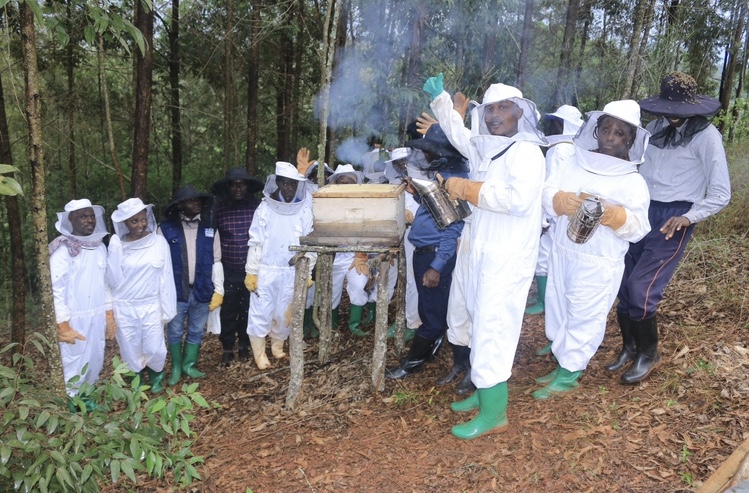
In a recent hands-on training session, beekeepers from Gishwati-Mukura in “Women for Bees” programme launched by UNESCO and Guerlain, explored innovative techniques for transferring bees from traditional hives to modern ones—focusing on the use of the “queen excluder”, a simple but powerful tool that helps retain colonies by preventing the queen bee from leaving the hive.
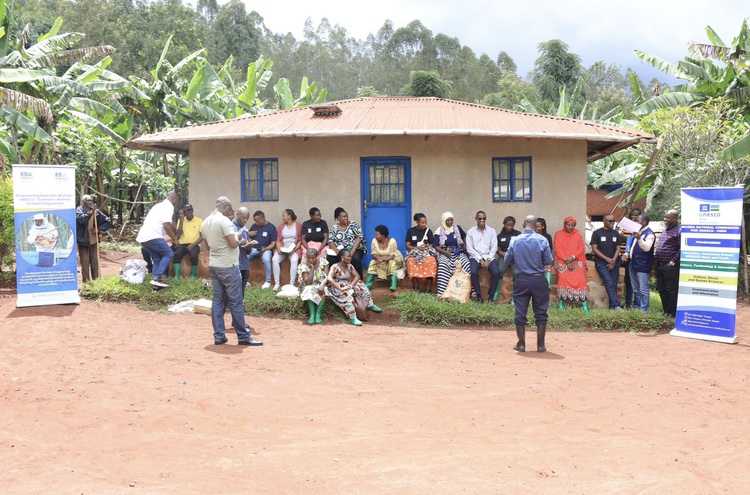
A queen excluder is a small grid placed in the hive to keep the queen bee from flying away, which makes all the difference when moving bees from traditional hives to modern ones.
Claudette Uwamariya, a beekeeper member of the COAPIRU Cooperative, said the training changed how she looks at bee transfer. “We learned how to transfer bees yesterday, but what I saw was totally different from what we used to do,” she said. “You start by placing a queen excluder so the queen doesn’t escape. Once you’re sure she’s in the hive, the other bees follow her and get straight to work.”
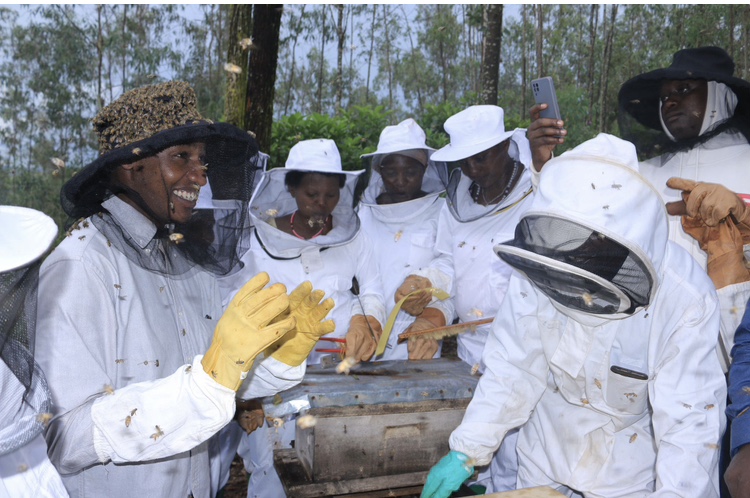
Mukasine Emmelienne from the COVED Cooperative, was just as surprised as Claudine. She asserted the fact that they didn’t know they can use a queen excluder to make the bees stay in the hive. She emphasized that they used to transfer the bees and then three weeks after, they would find the bees were gone.
“We’d just assume everything was okay, transfer the bees, and leave. Then we’d come back three weeks later and find the hive empty. So this was really eye-opening.”
She said she believes what they learned is going to boost her farm’s honey production.
Ndashyikirwa Médard, a professional beekeeper from Kirehe and the trainer who led the session, explained that keeping the queen in the hive is key to making the transfer work.
“Most people were used to just moving bees without anything stopping the queen from leaving,” he said. “But when you do that, your chances of keeping the colony are below 50%. I showed them how using a queen excluder changes that. It helps the bees settle and build.”
He also helped clear up some fears that many new beekeepers carry. “Some still think that going into a hive means getting stung badly, like bees are just waiting to attack. But when they saw us go in carefully and pour out the bees, they realized it doesn’t have to be that way. If you stay calm and know what you’re doing, you won’t get hurt.”
As the session wrapped up, Médard said he left feeling hopeful. “You can see their willingness. When someone really wants to do this—and they have the right info—it’s almost guaranteed they’ll make progress. I told them: don’t hesitate to call me if you need help. Just like you came to my place, I can come to yours.”
He added that every place has its own challenges, depending on the weather, flowers, or even just how the bees behave. “That’s why it helps to visit each other. What works for me might not work for you, and vice versa. But if we stay connected and keep learning together, we’ll figure it out.”
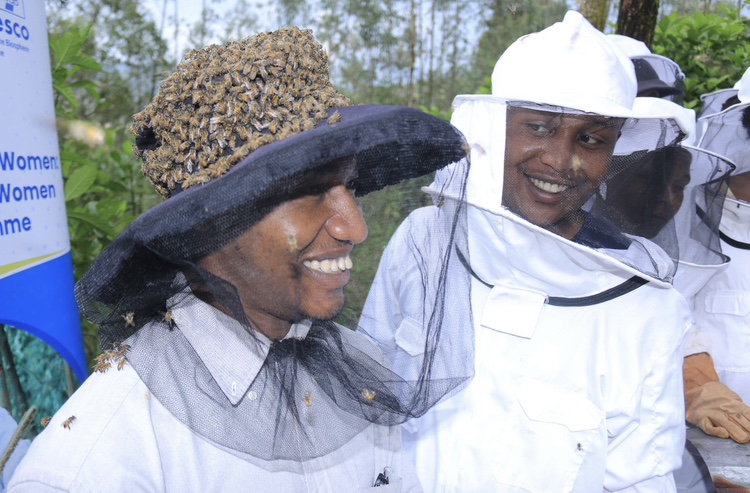
Trending Now
Hot Topics
Related Articles
Breaking Climate Silos: What a Week in Naivasha Taught Me About Forecasting
A week in Naivasha opened my eyes to the power of climate...
Kivu Beach Expo & Festival Brings Joy to Rutsiro While Showcasing the Region’s Natural and Sustainable Potential
The arrival of the Kivu Beach Expo & Festival in Boneza Sector,...
Kivu Beach Festival Triggers Urgent Economic Development Push in Rutsiro
Preparations for the 2025 Kivu Beach Expo & Festival have become a...
COP30 Raised Ambition on Adaptation Finance Yet Africa’s 150 Billion Dollar Gap Tells a Different Story
COP30 in Belém was billed as the moment the world would finally...










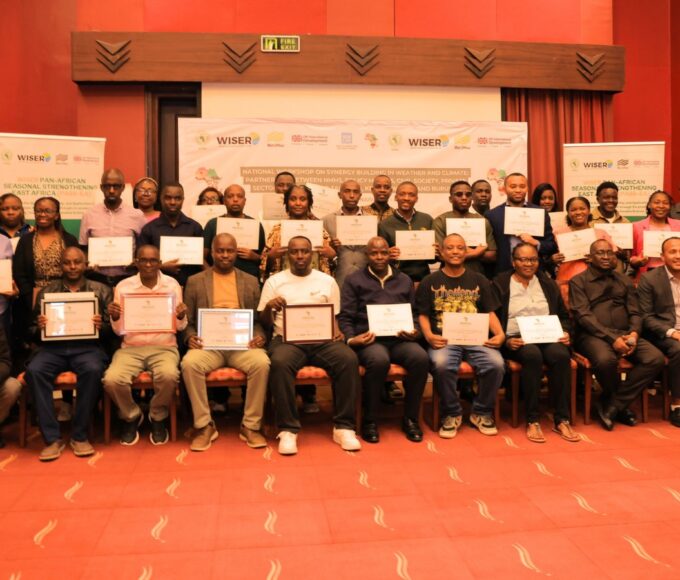

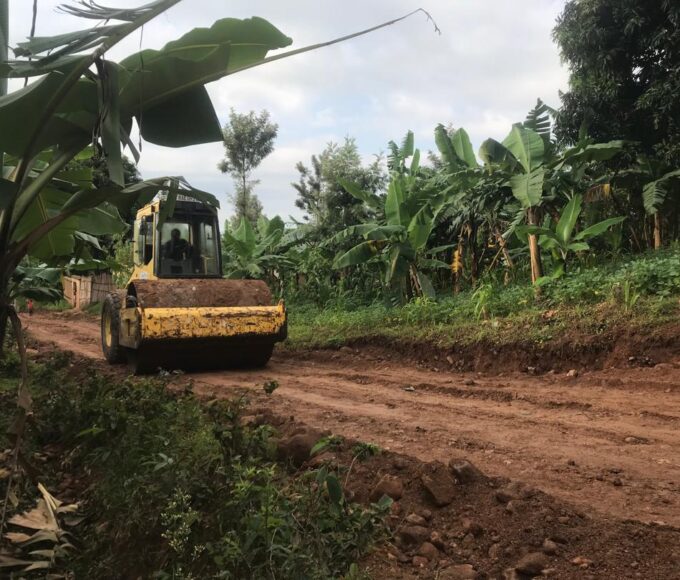

Leave a comment